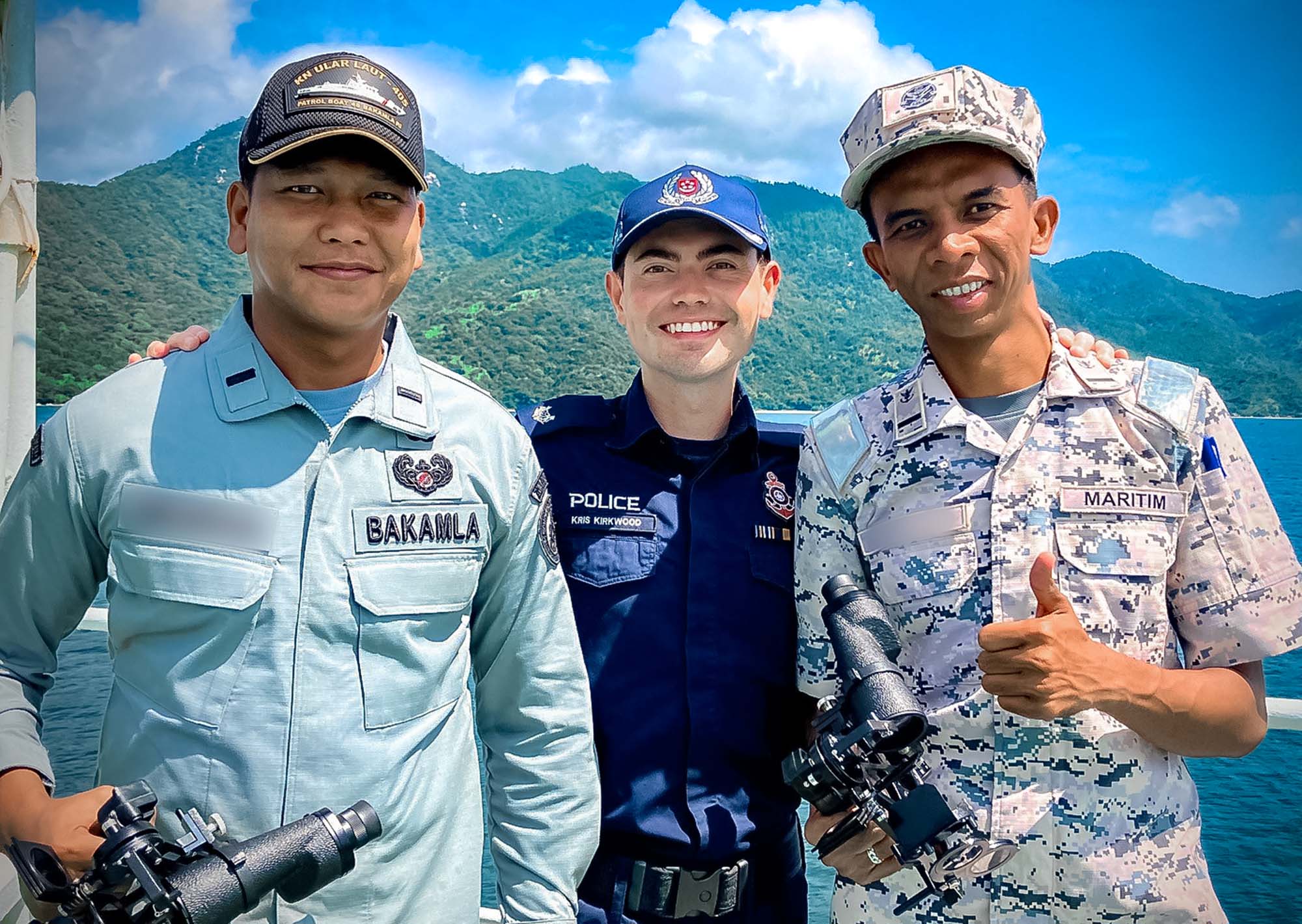
A PCG officer’s learning adventure on an epic 3,000-nautical-mile journey across the South China Sea.
By: ASP Kristian Kirkwood
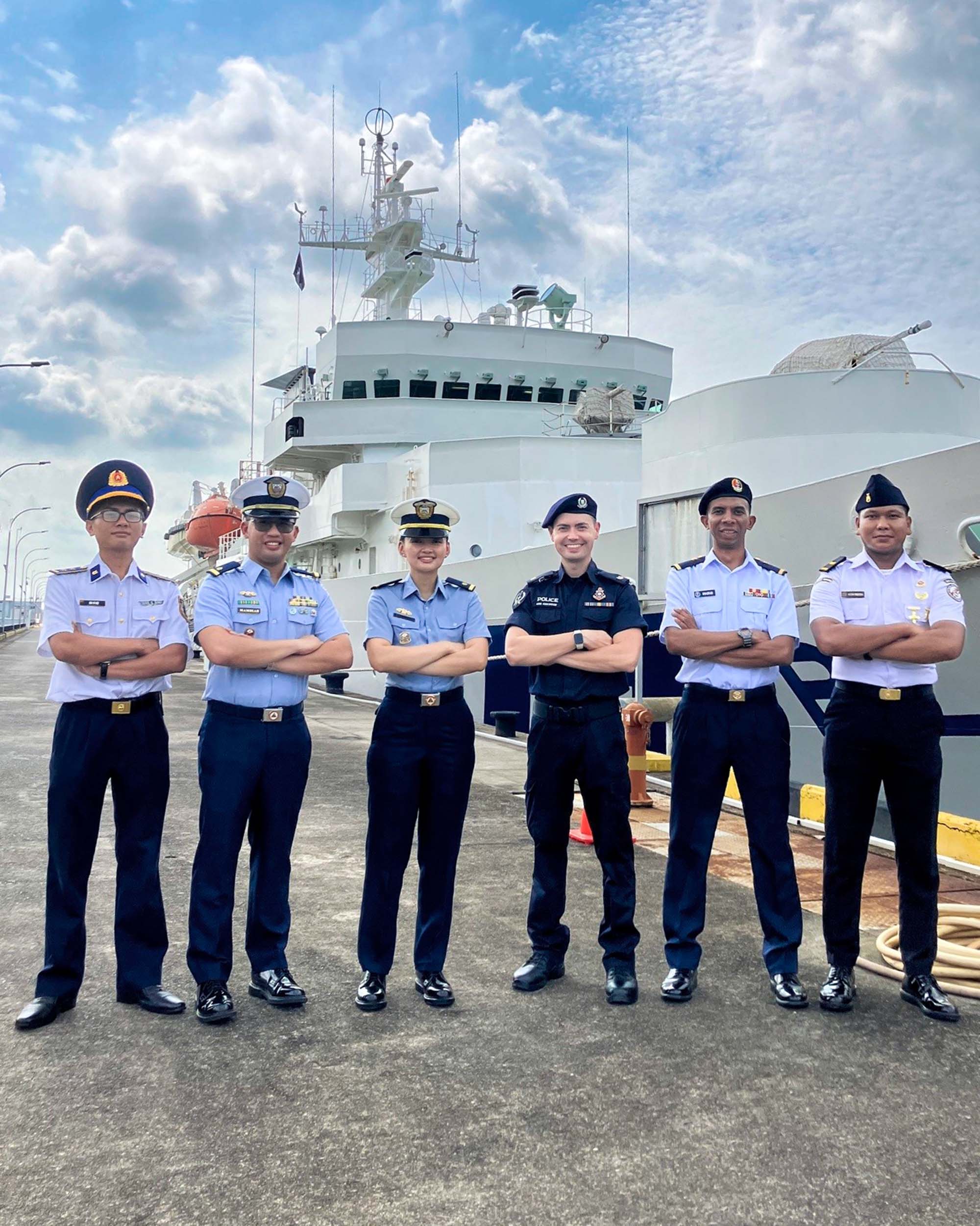
As Police Coast Guard (PCG) officers, we’re entrusted with the vital mission of protecting Singapore’s territorial waters. We undergo rigorous training in maritime enforcement; search and rescue operations; and incident response. To enhance our navigational capabilities, we also participate in international training voyages.
By working alongside our regional counterparts, the PCG can share our best practices and bolster multilateral relationships crucial to strengthening maritime security in our region. This not only sharpens our skills as PCG officers but also fosters a safer maritime environment across the Asia-Pacific.
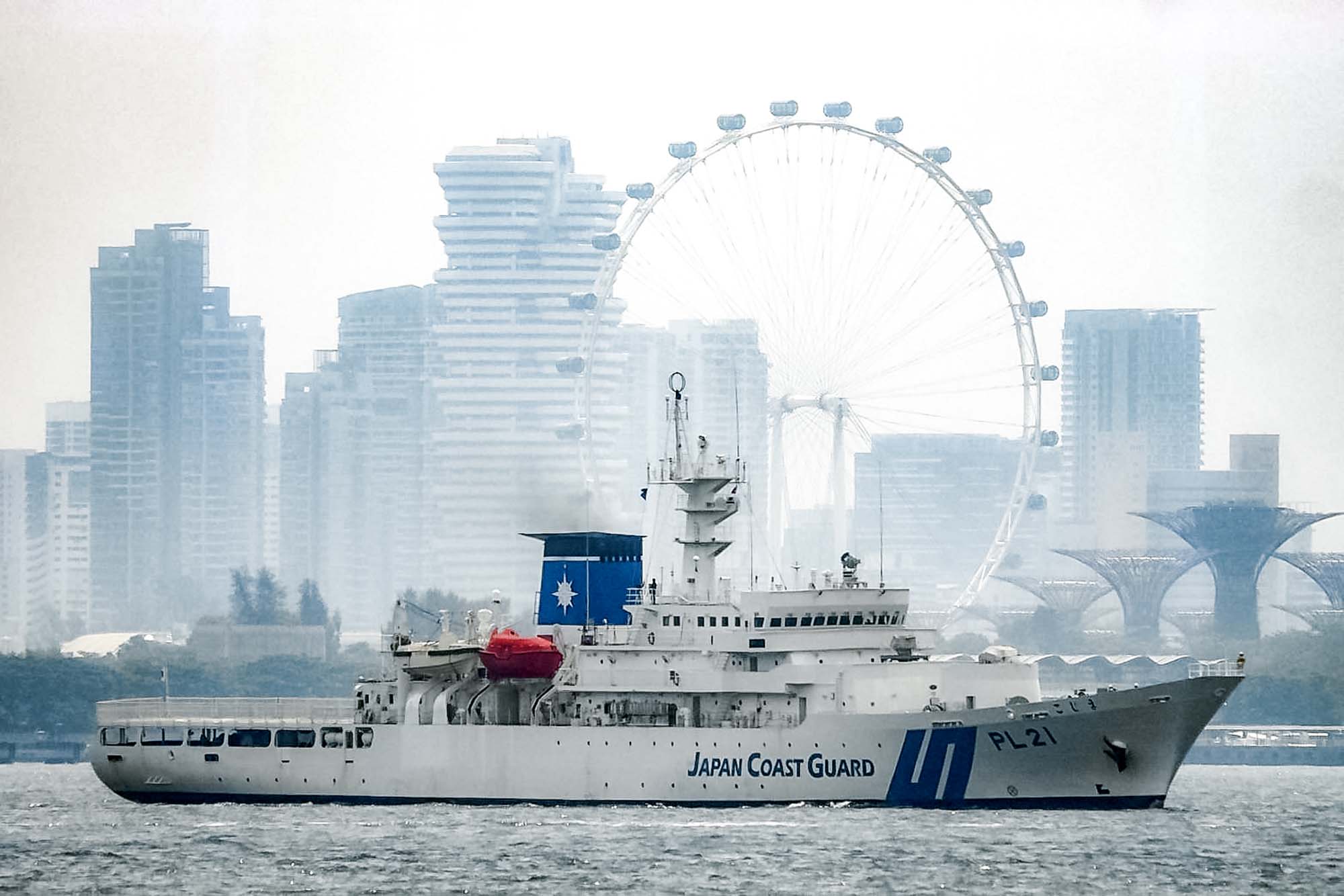
In July 2024, I embarked on a voyage aboard the formidable KOJIMA, a Japan Coast Guard patrol vessel, sailing an impressive 3,000 nautical miles from Singapore to Japan across the South China Sea. This two-week journey marks one of the farthest undertaken by a PCG officer. It also represented the KOJIMA’s final mission before its decommissioning after 30 years of distinguished service.
Historically, the opportunity to participate in the KOJIMA voyage has been an exceedingly rare one for PCG officers, and I felt deeply honoured to contribute to the vessel’s storied legacy.
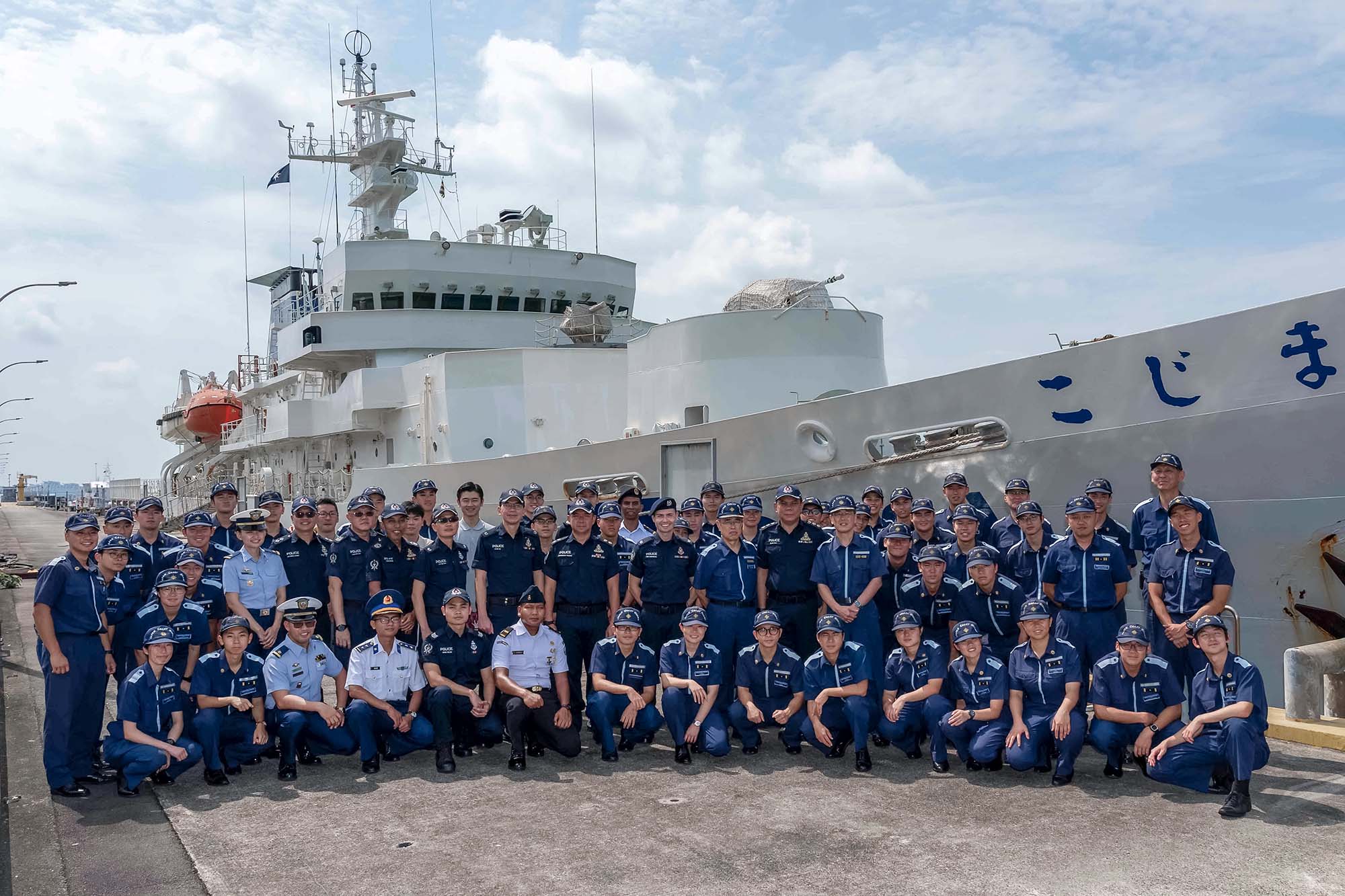
A Voyage of Discovery
During the voyage, I worked closely with my counterparts from maritime agencies from Japan, Indonesia, Malaysia, Vietnam and the Philippines. Although I was concerned that there might be a language barrier with our hosts, the warmth and humour shown by the Japan Coast Guard officers quickly dispelled my apprehension.
I soon learnt that we shared an appreciation for camaraderie and a commitment to maritime security. Their professionalism and expertise were exemplary; they showed exceptional focus, discipline and a profound sense of purpose in their mission.
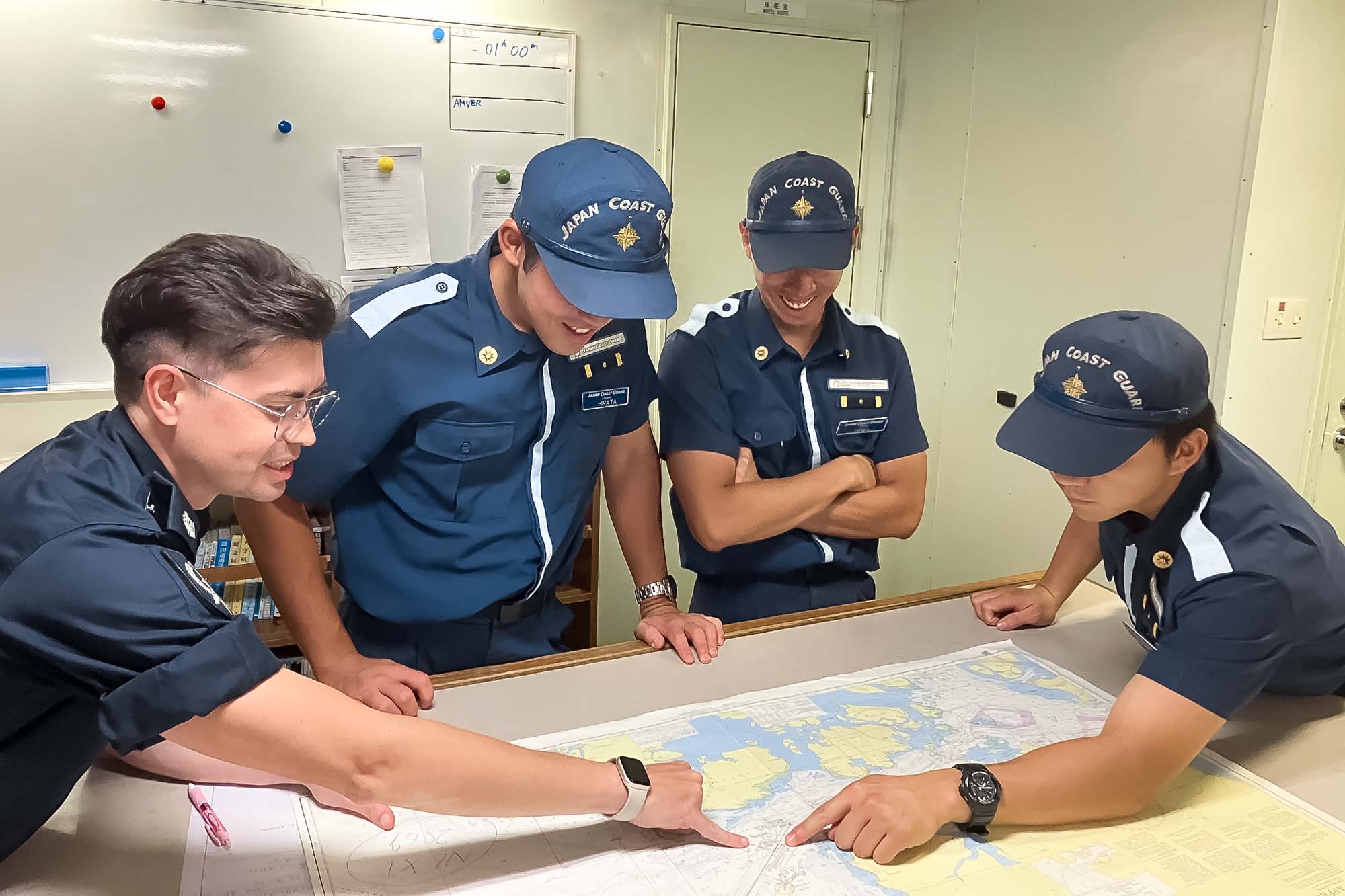
Navigating by the Stars
Throughout our voyage, we encountered high-stakes situations that required us to respond with both advanced technology and traditional navigation techniques. The training was exceptionally rigorous, encompassing areas such as advanced navigation, radio communications and marine engineering.
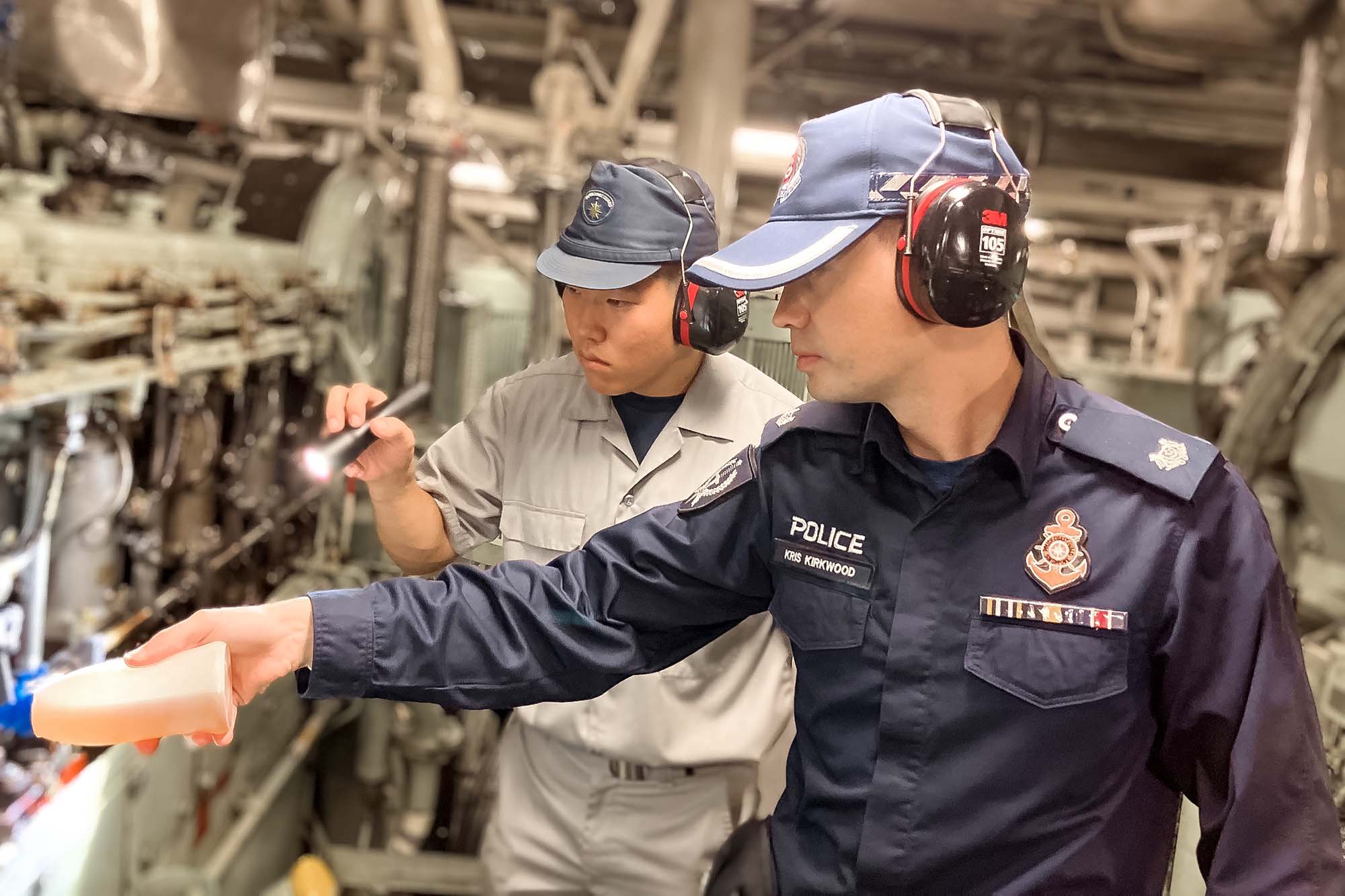
Each day presented new challenges that pushed me to my limits. Watch duties often extended for four hours or more, requiring great vigilance on our part. Typically, we adhered to a schedule of two watches per day. This was interspersed with drills, training sessions and presentations.
Despite the hectic pace, the exquisite Japanese cuisine prepared by dedicated chefs made the experience a rewarding one – we were even treated to unagi and udon!
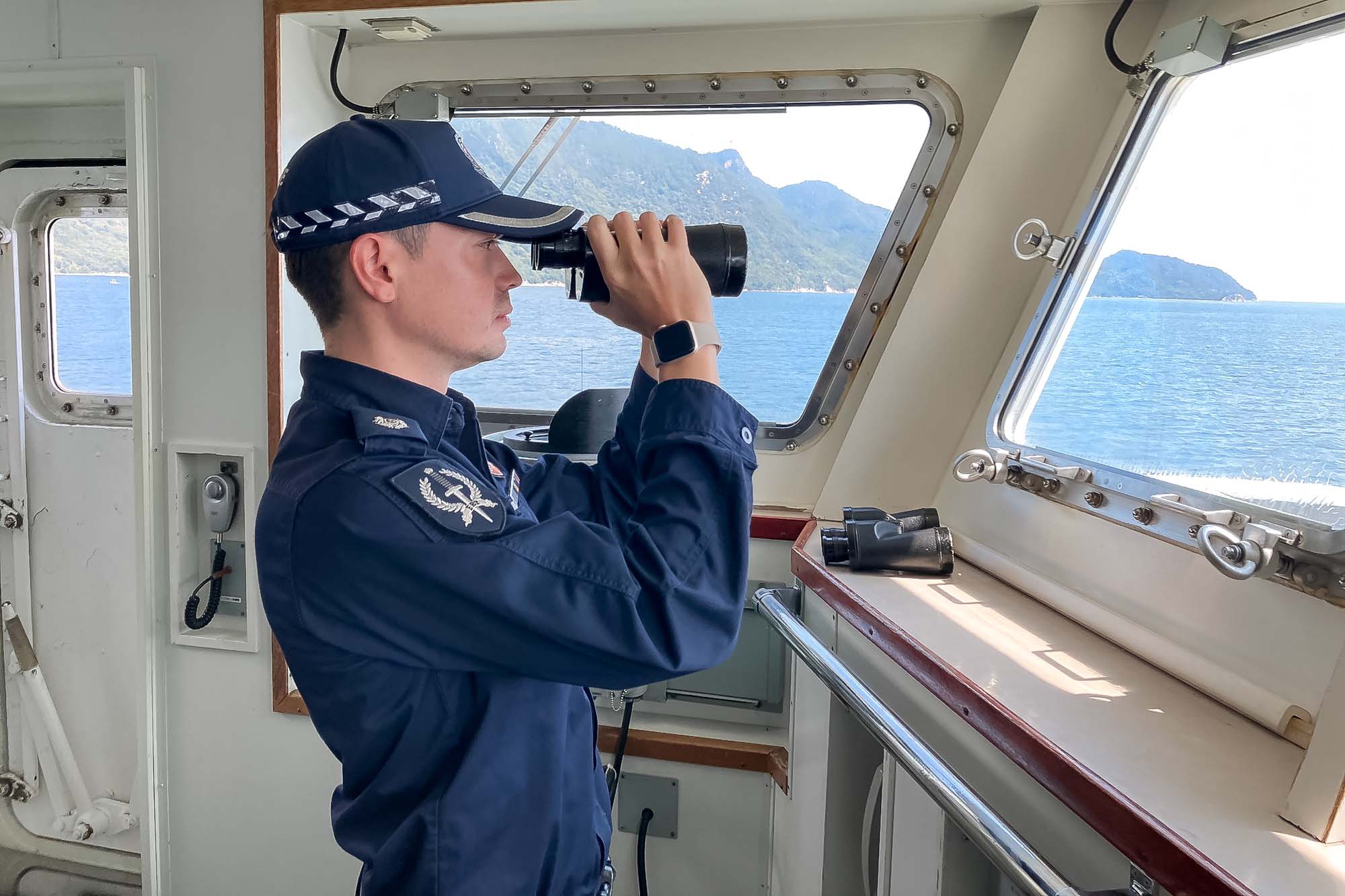
I found it a remarkable experience to utilise celestial navigation techniques to read the stars and adjust our course according to prevailing weather conditions. This served as a powerful reminder that traditional methods can be just as vital as modern technology in maritime operations.
Challenges and Drills
We also took part in a series of emergency exercises that resembled scenarios from an action movie. These included search and rescue operations; fire-fighting drills; and damage control scenarios, all of which were intense and demanding.
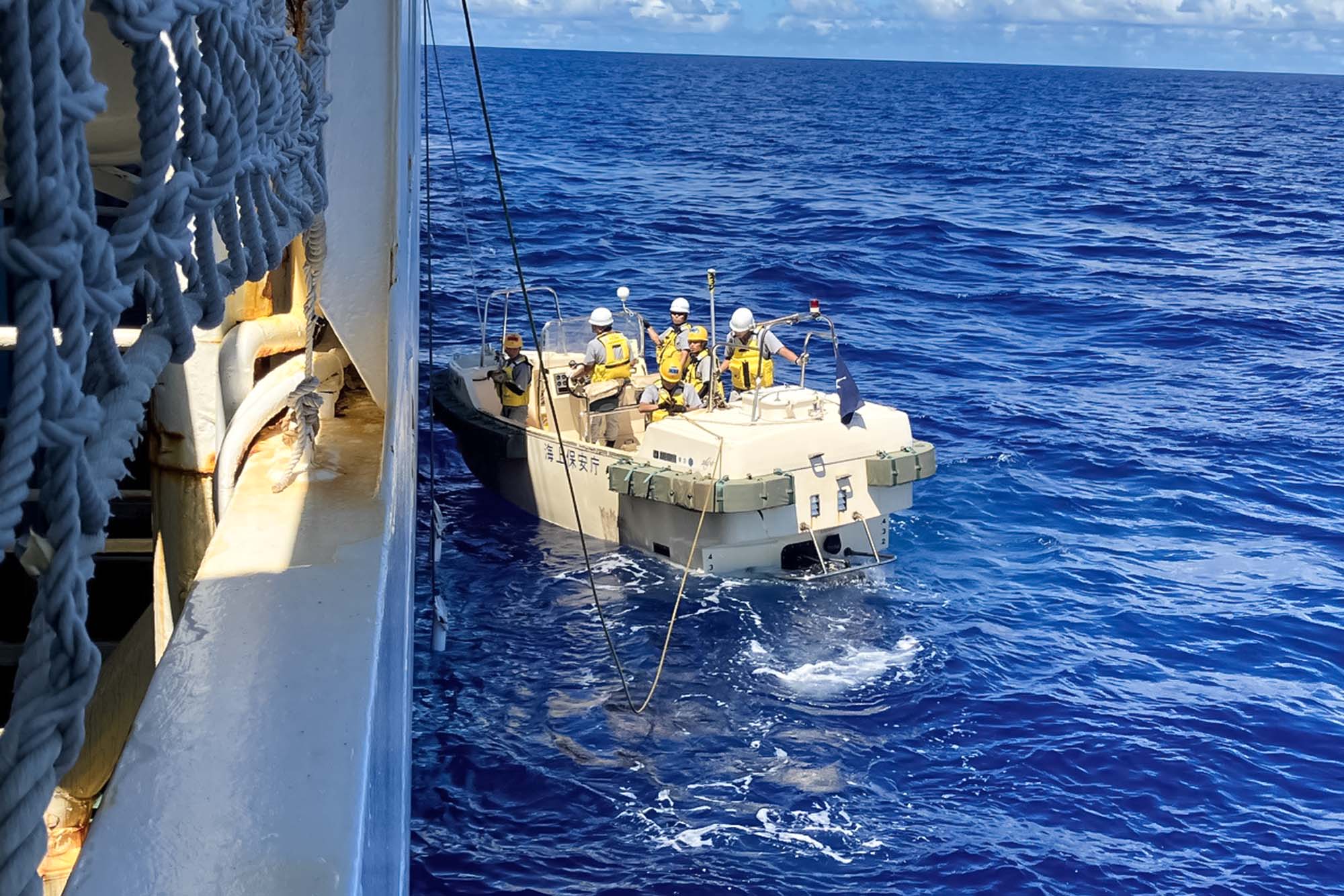
A notable highlight was a casualty evacuation exercise where we managed simulated fires and coordinated emergency responses. The realistic nature of this exercise made us feel like we were participants in a Japanese reality show, complete with unexpected challenges and twists.
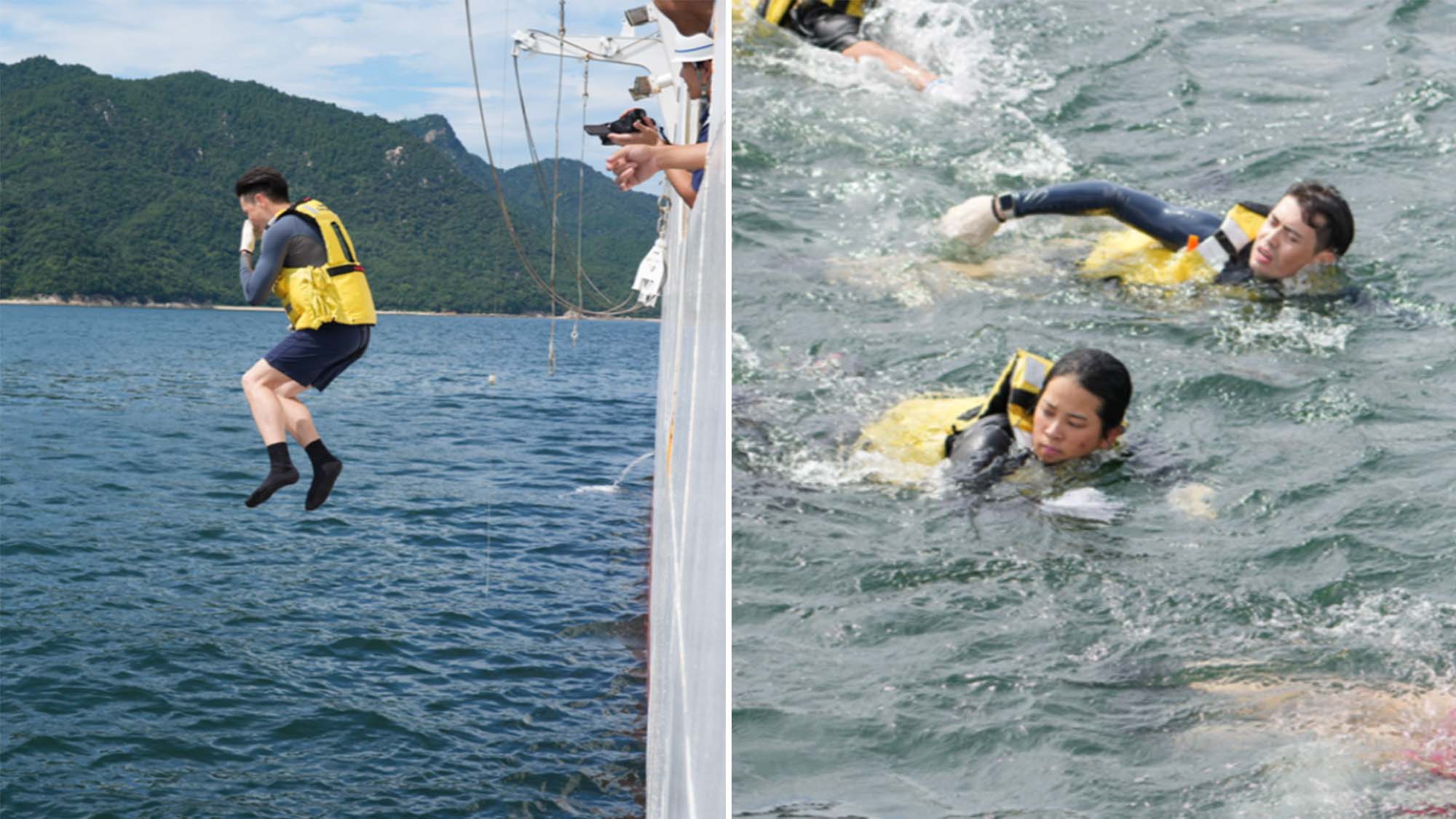
During a ship abandonment drill, we leapt from the side of the KOJIMA into the open waters off Miyajima Island and had to swim to an evacuation vessel before heading back. The strong currents made the swim particularly challenging, leaving us exhausted. This rigorous drill underscored the skill and dedication of Japan Coast Guard officers, who must complete such swims as part of their training at the Japan Coast Guard Academy in Kure, Hiroshima.
Friendships and Exchanges
Spending two weeks at sea, away from the comforts of home and without cellular communication, compelled us to rely on one another. This isolation, coupled with the demanding training, fostered a strong sense of camaraderie. We supported each other and celebrated small victories, transforming every challenge into an opportunity for personal and collective growth.
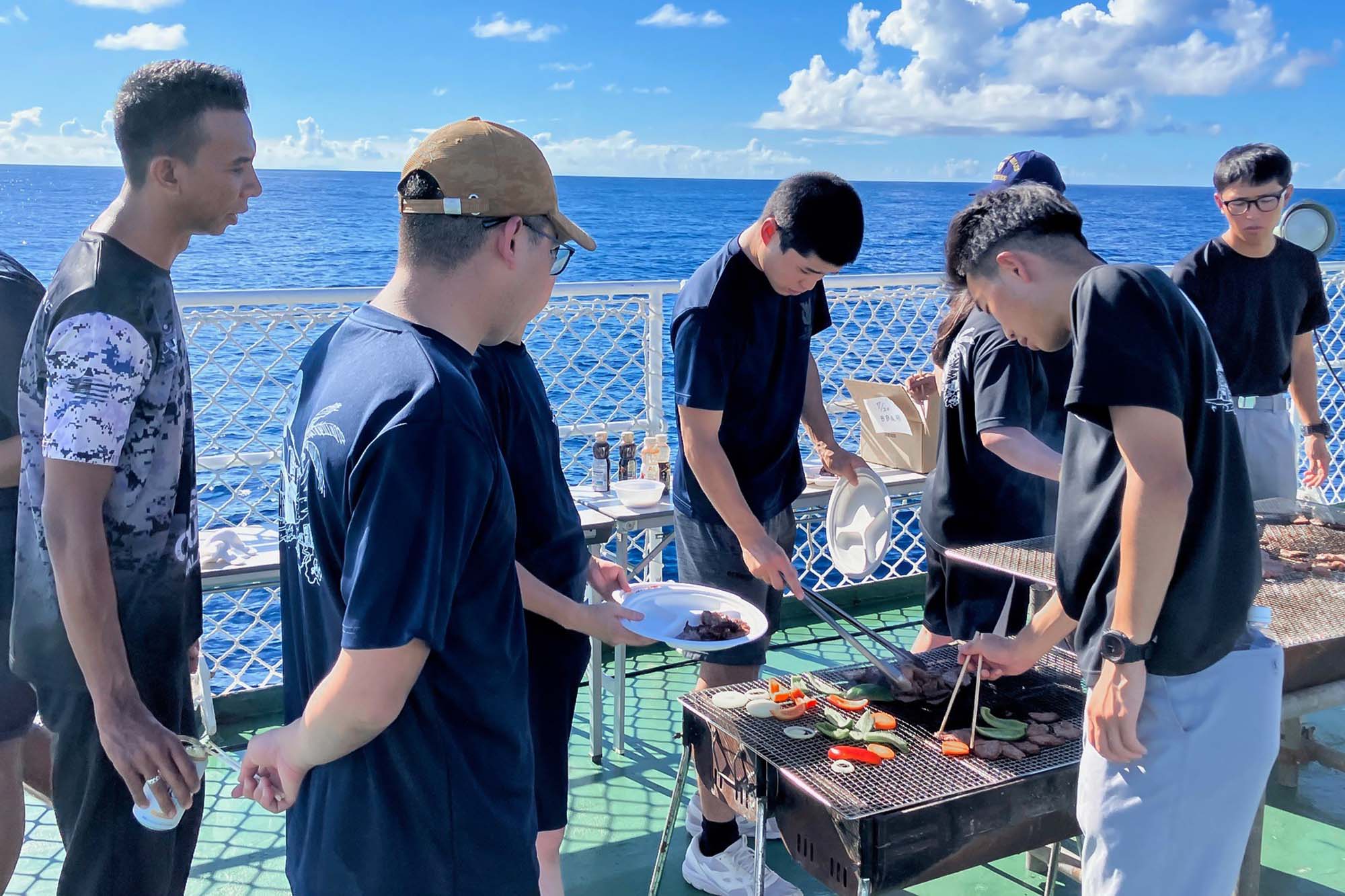
The Japan Coast Guard officers also put on a showcase that included karate demonstrations, karaoke and calligraphy. This served as a refreshing break from our intensive training.
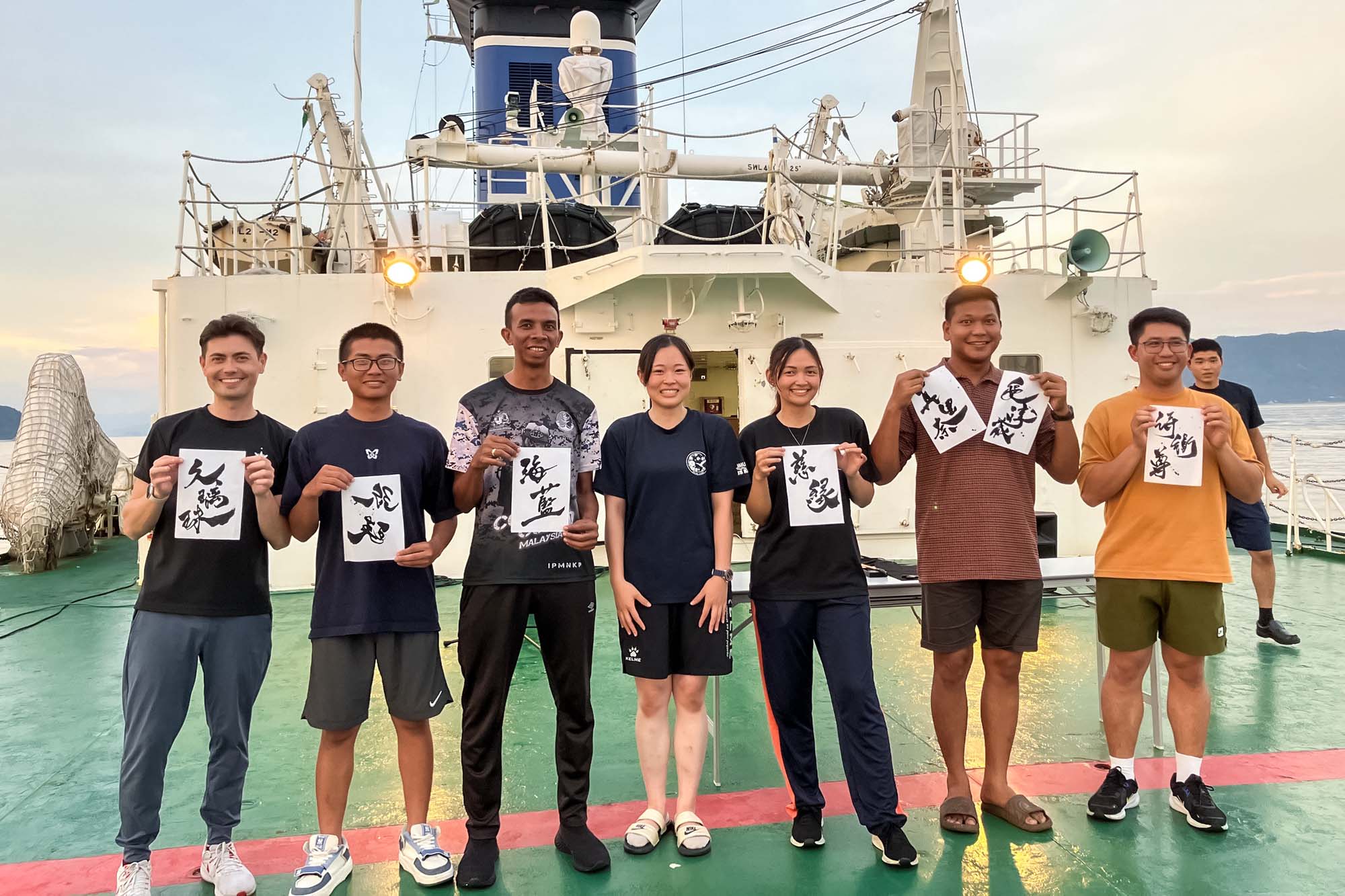
Another highlight was a visit to the Japan Coast Guard Academy where we took part in a conference on maritime security. This allowed us to share insights and learn from experts in the field. It also reinforced the critical role of continuing education in our profession, leaving me inspired and better informed.
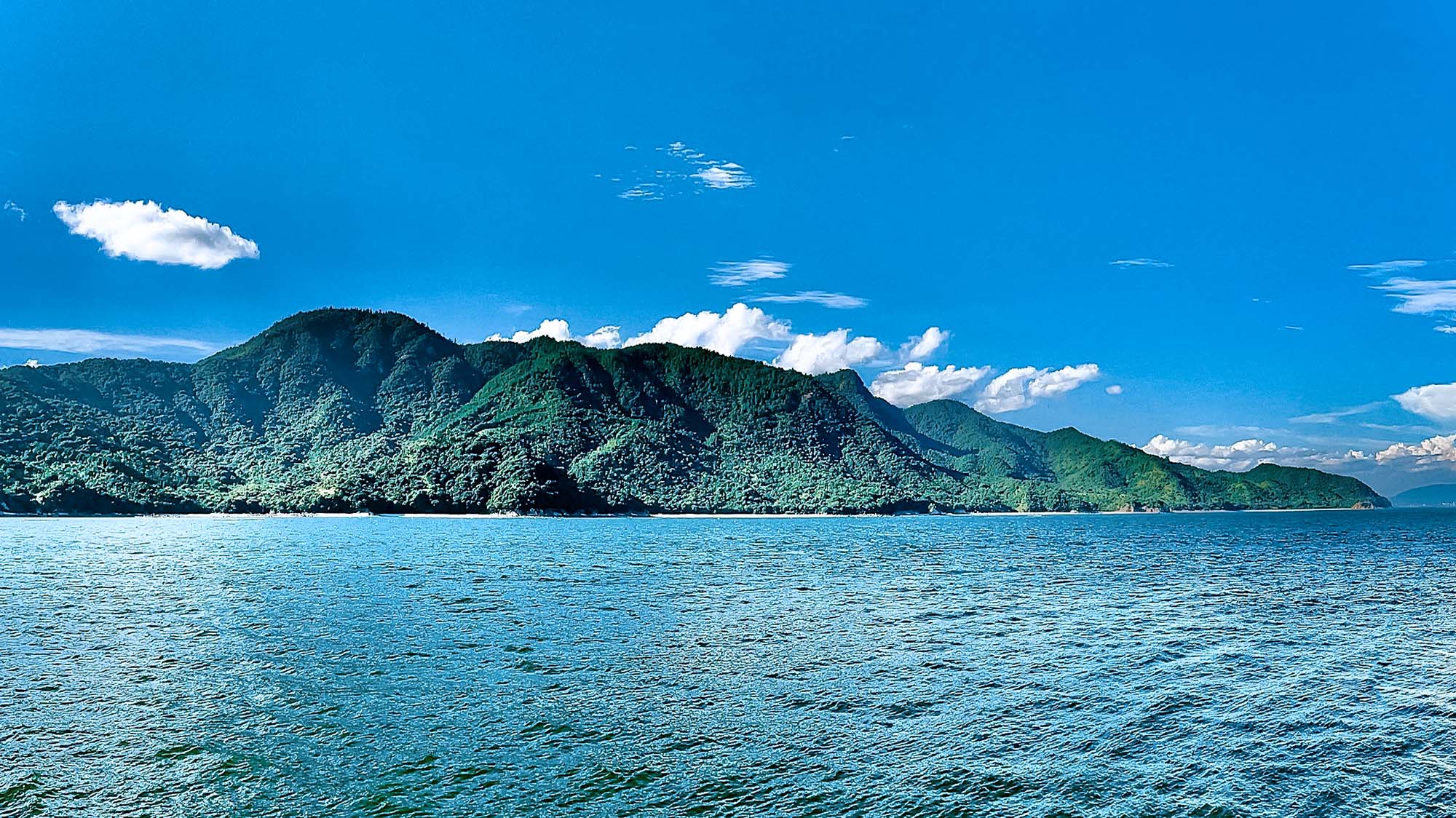
Celebrating a Milestone Moment
The final leg of our journey, as we arrived in Hiroshima, evoked a profound sense of accomplishment among all of us. Dressed in our finest uniforms, we stood at attention as we reached port.

We had the honour of participating in the graduation ceremony for the Japan Coast Guard officers, alongside their commanders and families. This heartfelt occasion celebrated the completion of their three-month voyage across the Pacific Ocean and South China Sea, marking their transition from cadets to frontline officers.

Reflecting on this landmark voyage, I return not only with enhanced technical skills but also renewed confidence and readiness. This experience has also deepened my appreciation for the complexities of maritime operations and affirms the importance of cross-border collaboration. Here’s to the spirit of adventure and relentless pursuit of excellence as we sail confidently into the future!










